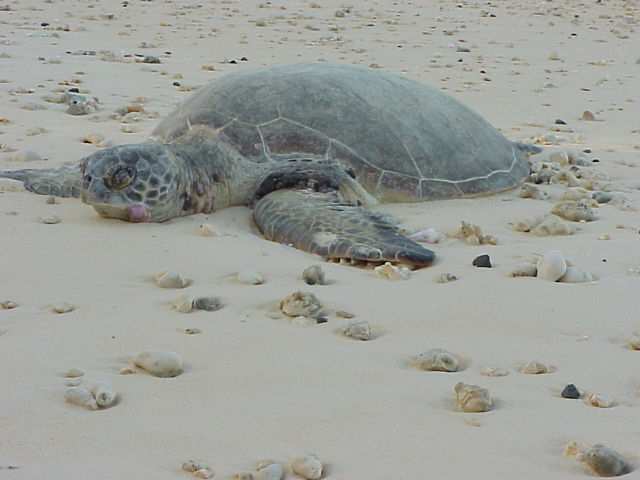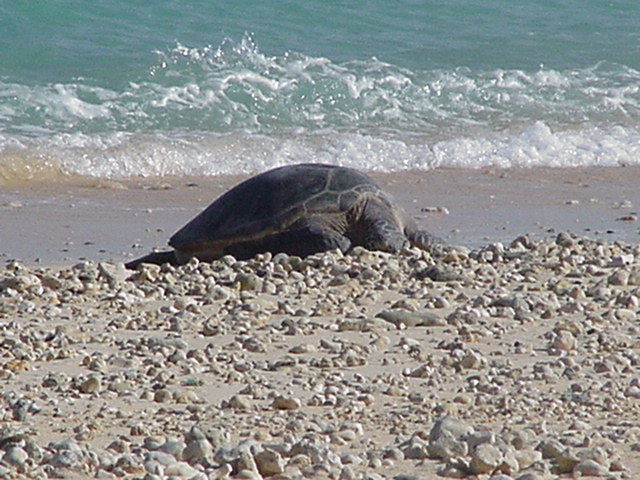Green sea turtles, also known as Honu in Hawaiian, are abundant at Midway. They nest and forage in the area, which is part of the Papahānaumokuākea Marine National Monument.
Here are some interesting facts about the Green Sea Turtles, found at Midway;
Historical Importance: Green Sea Turtles have historically nested on the sandy beaches of Midway Atoll. The isolation of the atoll provides a somewhat safer environment for these turtles compared to more populated areas.
Foraging Grounds: While Midway Atoll is a nesting site, it’s also an important foraging ground. Juvenile Green Sea Turtles, in particular, can be found feeding in the shallow waters around the atoll.
Herbivores: Adult Green Sea Turtles are primarily herbivores. Their diet mainly consists of seagrasses and algae. This diet gives their fat a greenish tint, which is how they get their name.
Migration: Green Sea Turtles are known for their long migrations. Turtles that hatch at Midway might travel vast distances during their lifetime but often return to the vicinity of their birth to nest.
Endangered Status: The Green Sea Turtle is classified as endangered, and while there are conservation efforts in place at Midway Atoll to help protect them, they still face many challenges.
Long Lives: Green Sea Turtles can live for several decades in the wild, with some estimates suggesting a lifespan of 60-70 years or even longer.
Ancient Species: Sea turtles, including the Green Sea Turtle, have been around for a very long time, with ancestors dating back to the time of dinosaurs.
Unique Tears: To excrete excess salt from their bodies, Green Sea Turtles have specialized glands near their eyes. This often makes it look like they’re crying when, in fact, they are simply getting rid of the salt.
Green Sea Turtles play a vital role in marine ecosystems, helping to maintain the health of seagrass beds and coral reefs. The protection and conservation of these ancient mariners, especially at critical habitats like Midway Atoll, are crucial for their survival and the health of the oceans.
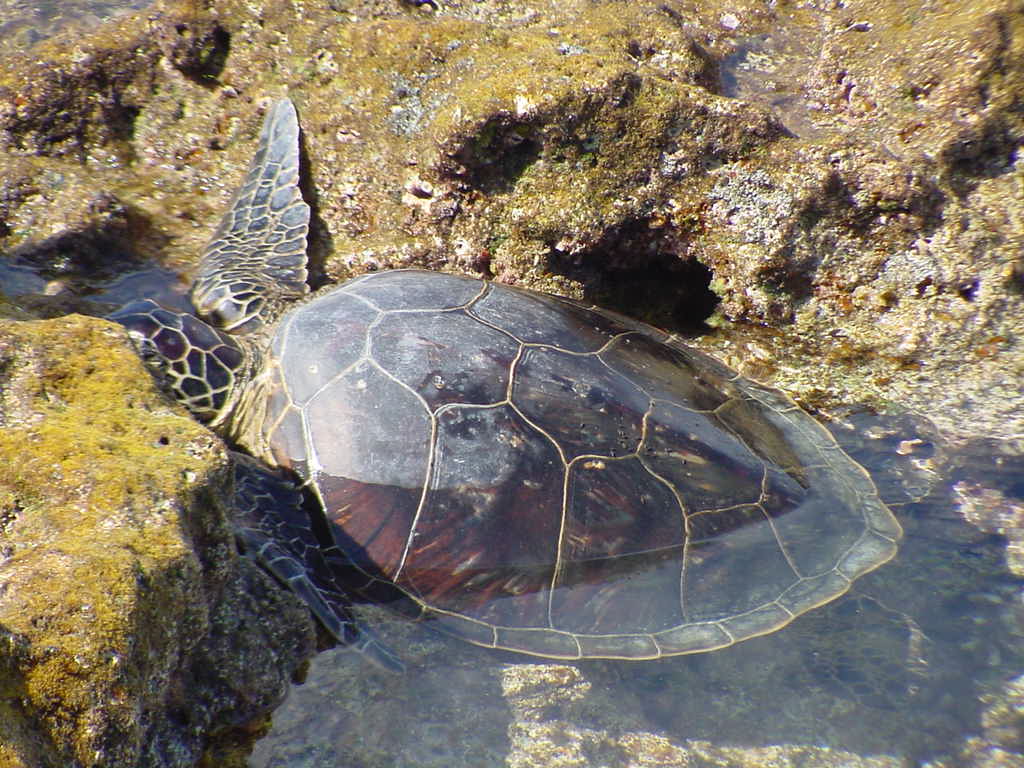
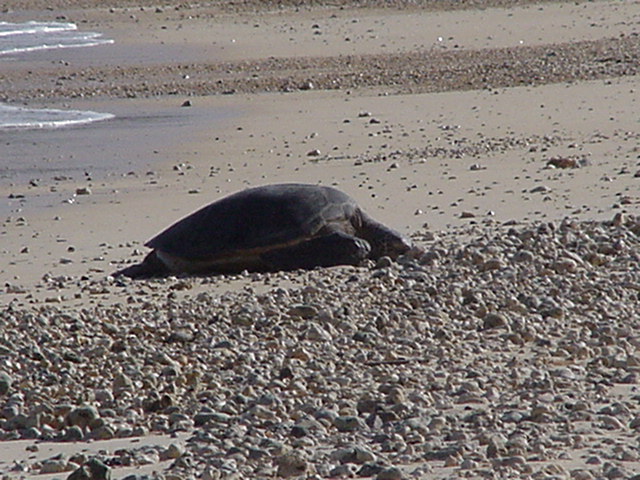

Michael Brouwer
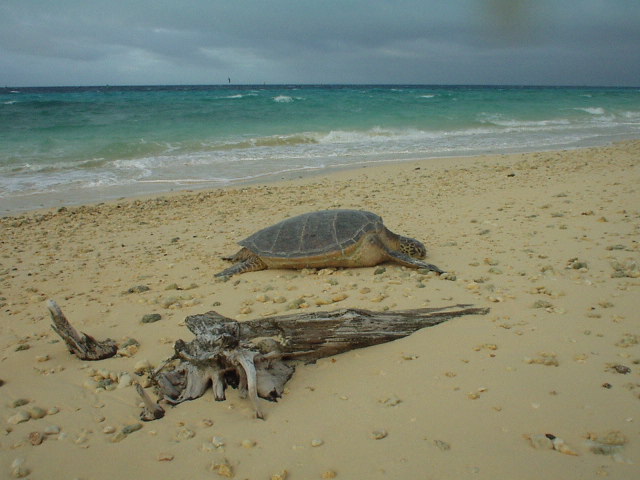
Michael Brouwer
